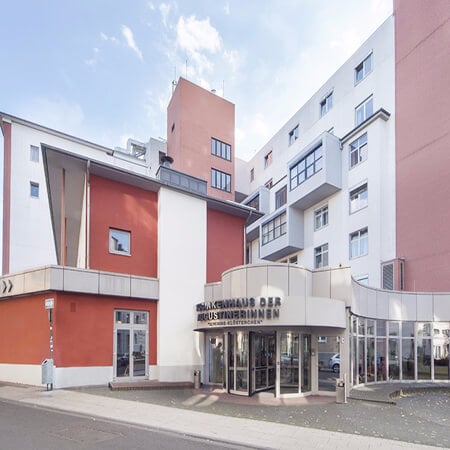About the disease
Bronchial stenosis is the narrowing of bronchi. Bronchi are the main air passageways that help the airflow from the trachea to the lungs. In some cases stenosis of bronchi develops simultaneously with narrowing of trachea when the conduction of air becomes abnormal for some reason.
There are two types of bronchial stenosis: acquired and congenital. Congenital bronchial stenosis is very rare and the exact cause of such condition is unknown. It accounts for approximately 11% of all bronchial stenosis cases. It is thought that children born with severe problems of connective tissue can develop bronchial stenosis.
Bronchial stenosis causes respiratory disorders, because the air is unable to flow freely from trachea to the lungs. Also, a person may develop tendency to infections if the condition is not treated on time. In rare cases bronchial stenosis can become a fatal condition if both bronchi narrowed to the point they do not allow any air to pass to the lungs.
Acquired bronchial stenosis can develop as a result of outside compression and pressure which affected the bronchi. Blunt and penetrating trauma or injury to the bronchi can affect their normal functioning. People who had chest surgery, especially tracheostomy, need to be checked up regularly to avoid complications. Tracheostomy is the surgery which aims to create an artificial airway in the lungs to assist breathing. Tracheostomy is indicated when the person is unable to breathe freely due to other pulmonary diseases. This surgery is needed for people who need either respiratory or ventilator support. The tube is inserted into the windpipe to assist breathing. Having this tube for a long time can lead to narrowing of the bronchi. It can be the response of bronchi to foreign body.
Symptoms
Symptoms of bronchial stenosis can appear if the stenosis is more than 50%.
- Difficulty with breathing, especially when exhaling
- Shortness of breath
- Cyanosis
- Dizziness
- Cough
- Nausea
- Weakness
- Loss of consciousness in severe cases
Diagnosis
- During a general examination the doctor will listen to the lungs and also observe how the person breathes. The doctor will ask the patient to inhale/exhale deeply and see if these process presents any difficulty.
- The doctor will order imaging tests, such as an X-ray of the lungs and CN scan, to examine trachea, bronchi and lungs more closely and determine if there is narrowing of air passageways. These imaging tests can also rule out other conditions that can be causing problems.
- Bronchoscopy is considered to be the most effective way of diagnosing bronchial stenosis. It is the endoscopic procedure which allows the doctor to examine the bronchi very closely and determine if their structure is changed.
- A blood test can be ordered to check for signs of an infection.
- A biopsy is used in some cases if there is suspicion of malignancy.
Treatment
- Bronchoscopic dilatation and laser surgery is the surgery used to dilate the bronchi and allow the air flow freely into the lungs.
- Stenting may be needed if there is risk that the bronchi will narrow again. Stenting keep the bronchi open within normal range.
- If bronchial stenosis was caused by other pulmonary conditions, they need to be treated as well.
Authors:
This article was edited by medical experts, board-certified doctors Dr. Nadezhda Ivanisova, and Dr. Bohdan Mykhalniuk. For the treatment of the conditions referred to in the article, you must consult a doctor; the information in the article is not intended for self-medication!
Our editorial policy, which details our commitment to accuracy and transparency, is available here. Click this link to review our policies.



















